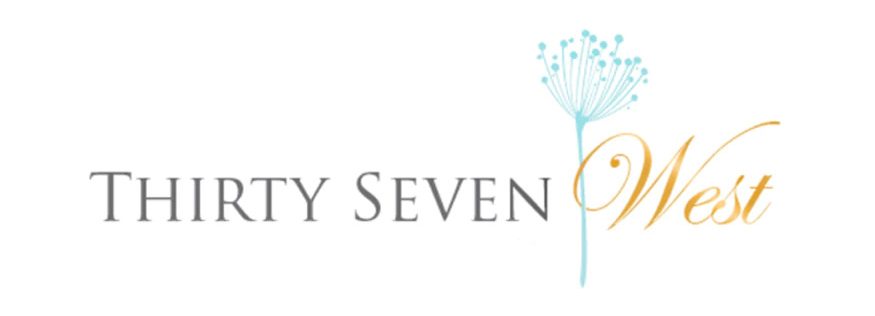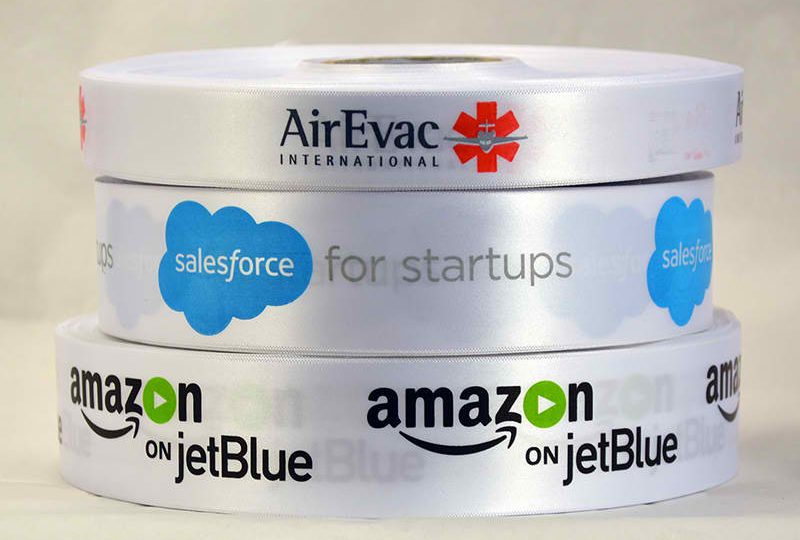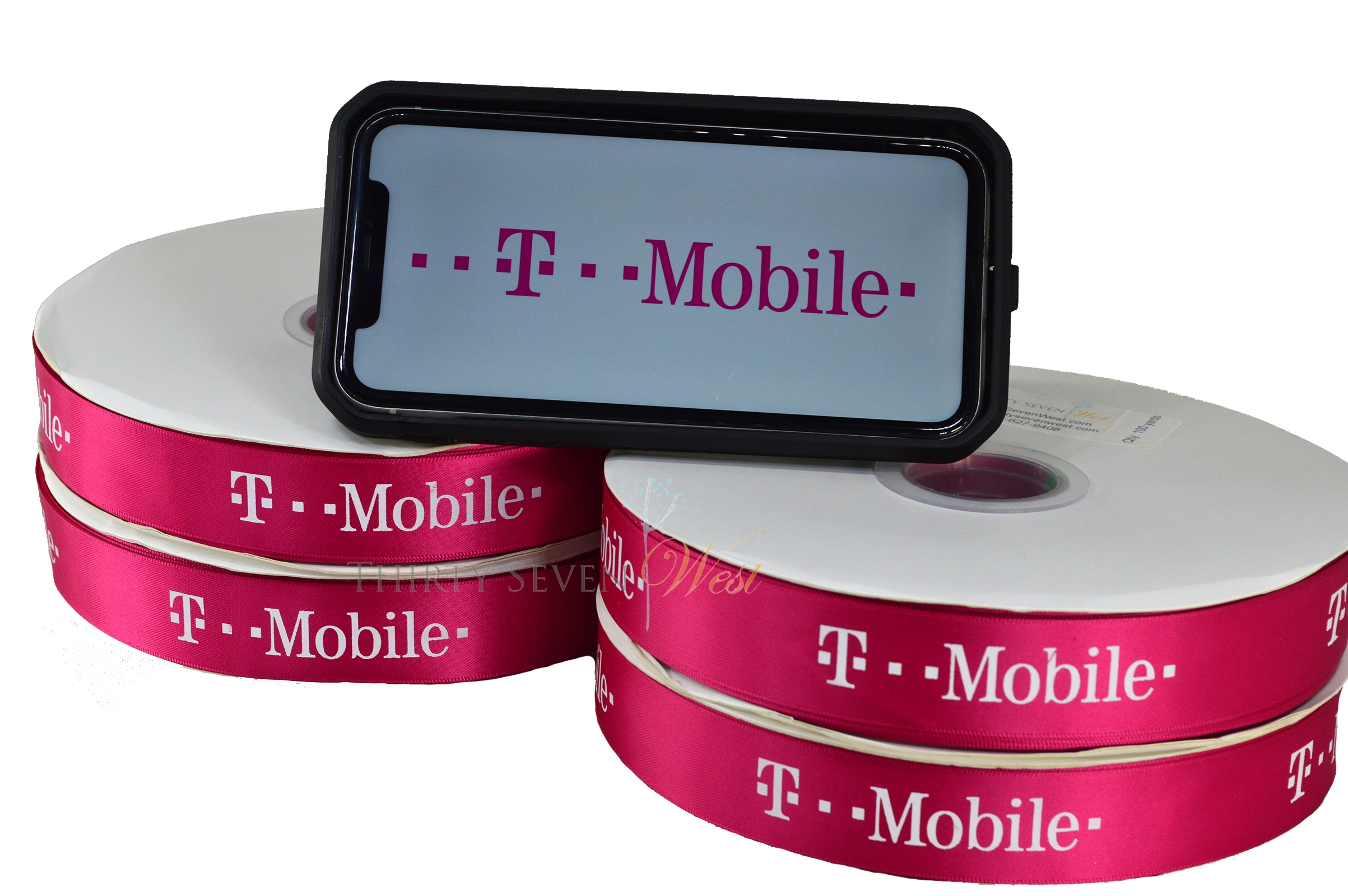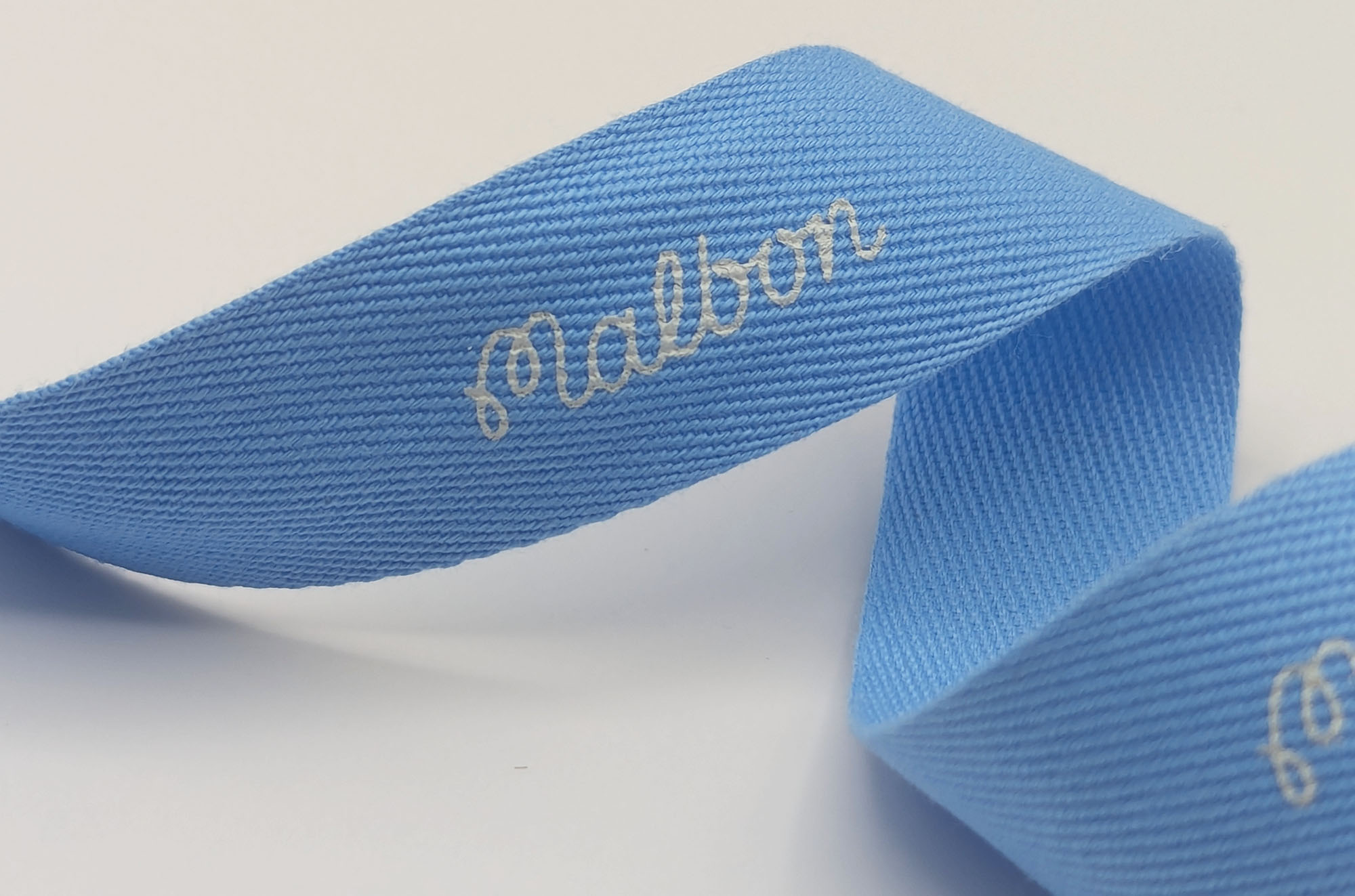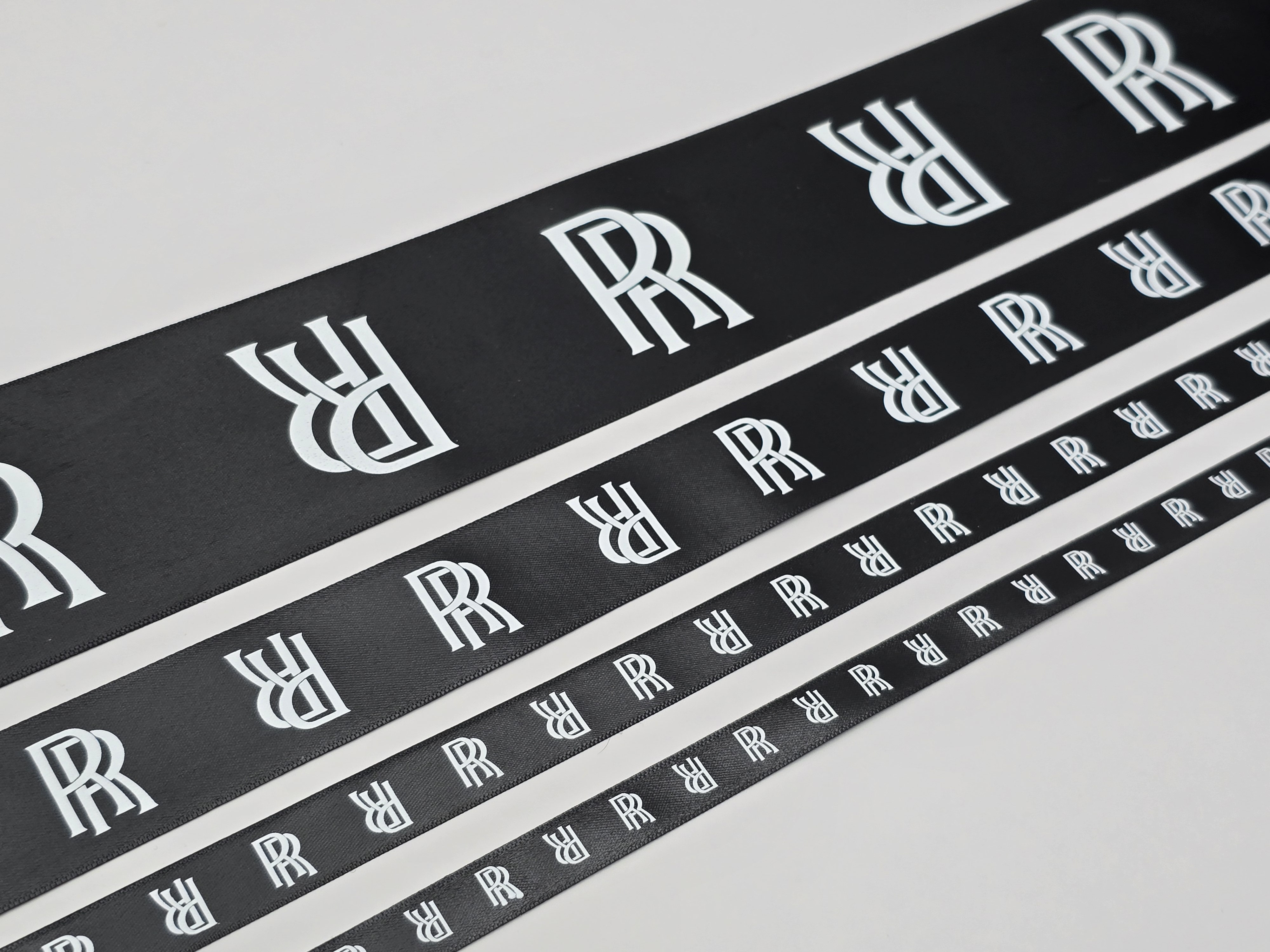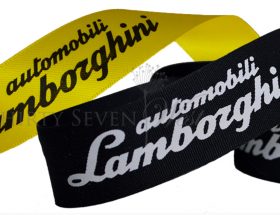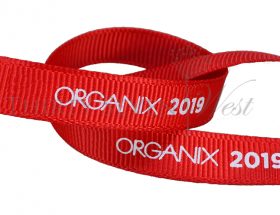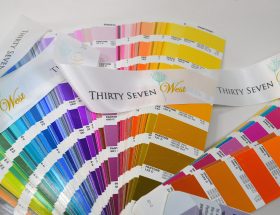 Designing a logo for a custom ribbon isn’t rocket science, but it does require some thought and creativity. Here’s a simple guide to get you started:
Designing a logo for a custom ribbon isn’t rocket science, but it does require some thought and creativity. Here’s a simple guide to get you started:
1. Understand Your Brand
Before you even think about designs, you need to understand your brand. What do you stand for? What’s your message? Your logo should encapsulate your brand’s essence. If you’re a fun, quirky brand, your logo should reflect that. If you’re a serious, professional company, you’ll want a more traditional logo. It’s all about consistency. Your custom logo ribbon should be an extension of your brand’s voice and values, translating your company’s core message in a visual format that resonates with your audience.
Colors speak volumes. They evoke emotions and can influence perceptions. When designing a logo for a custom ribbon, you need to pick colors that resonate with your brand. But remember, ribbons often come in a variety of colors themselves, so you need to ensure your logo stands out regardless of the ribbon color. Furthermore, consider color psychology; certain hues can evoke specific emotions or perceptions. For example, blue might convey trust and professionalism, while red can signify passion and energy. Balancing these elements can enhance the emotional impact of your custom ribbon branding. Using Pantone colors also ensures that your color matches across the different platforms.
You might be tempted to go all out and create a complex, intricate design. But when it comes to logos on ribbons, simplicity is key. A simple design is more recognizable and can be seen clearly, even from a distance. Think about some of the most iconic logos out there – they’re not overly complicated. Simplicity ensures that the logo doesn’t lose its essence when printed on the narrow and sometimes textured surface of a custom logo ribbon. A clean design can communicate your brand’s identity effectively without being overwhelming.
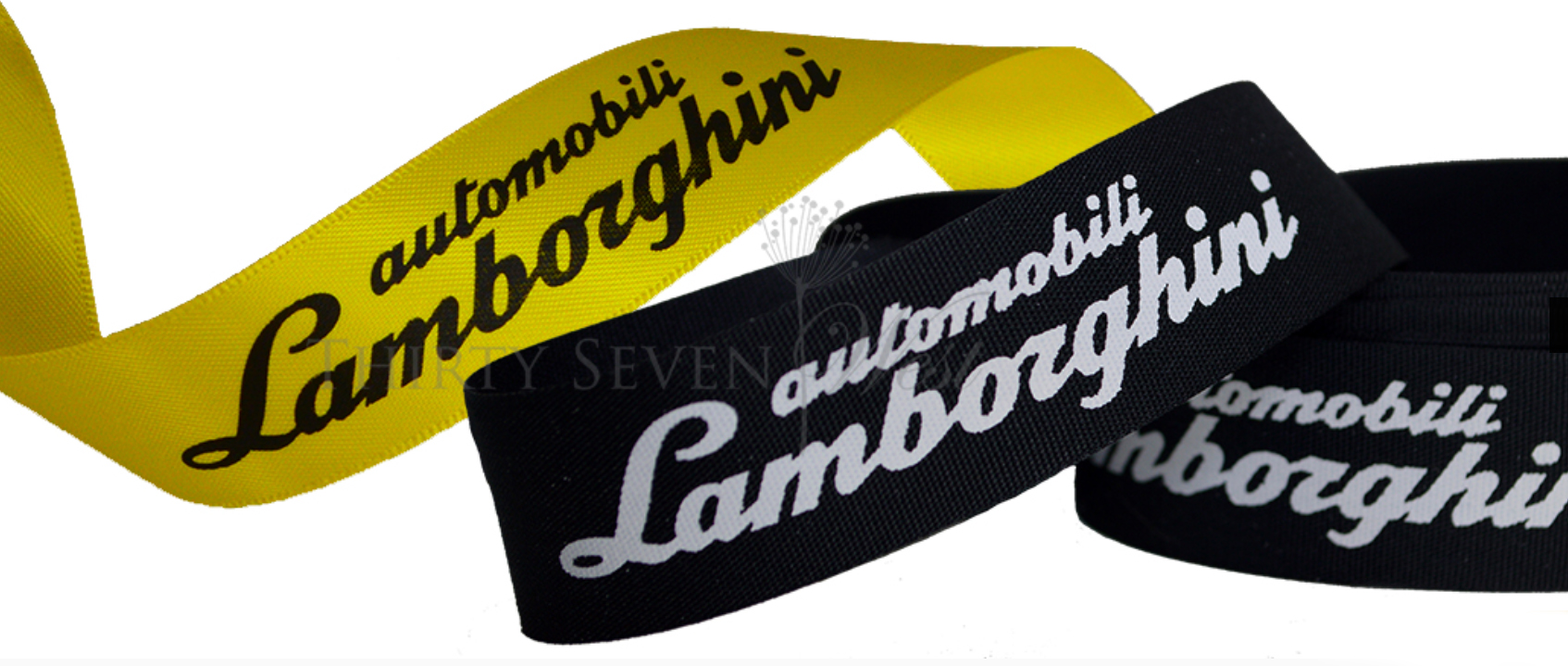 4. Consider the Ribbon Material
4. Consider the Ribbon Material
Ribbons come in different materials – satin, grosgrain, organza, cotton, and more. The material you choose can affect the appearance of your logo. For instance, a satin ribbon offers a smooth surface, which can make your logo look sleek. On the other hand, a grosgrain ribbon might give a more textured look, which could be perfect for certain designs. The material not only affects the visual aspect but also the tactile experience. A luxurious satin ribbon can convey elegance, while a rustic grosgrain might suggest authenticity and warmth. These subtle cues can influence how your brand is perceived.
Before you commit, test your design. Order a sample of your custom ribbon and see how it looks in real life. Does it convey the message you want? Is it clear and visible? Sometimes, what looks good on a computer screen doesn’t translate well to real life. Make adjustments if needed. Testing allows you to experiment with different color combinations, materials, and placements to find the most effective way to showcase your logo. It ensures that the final product aligns with your brand image and meets your expectations.
